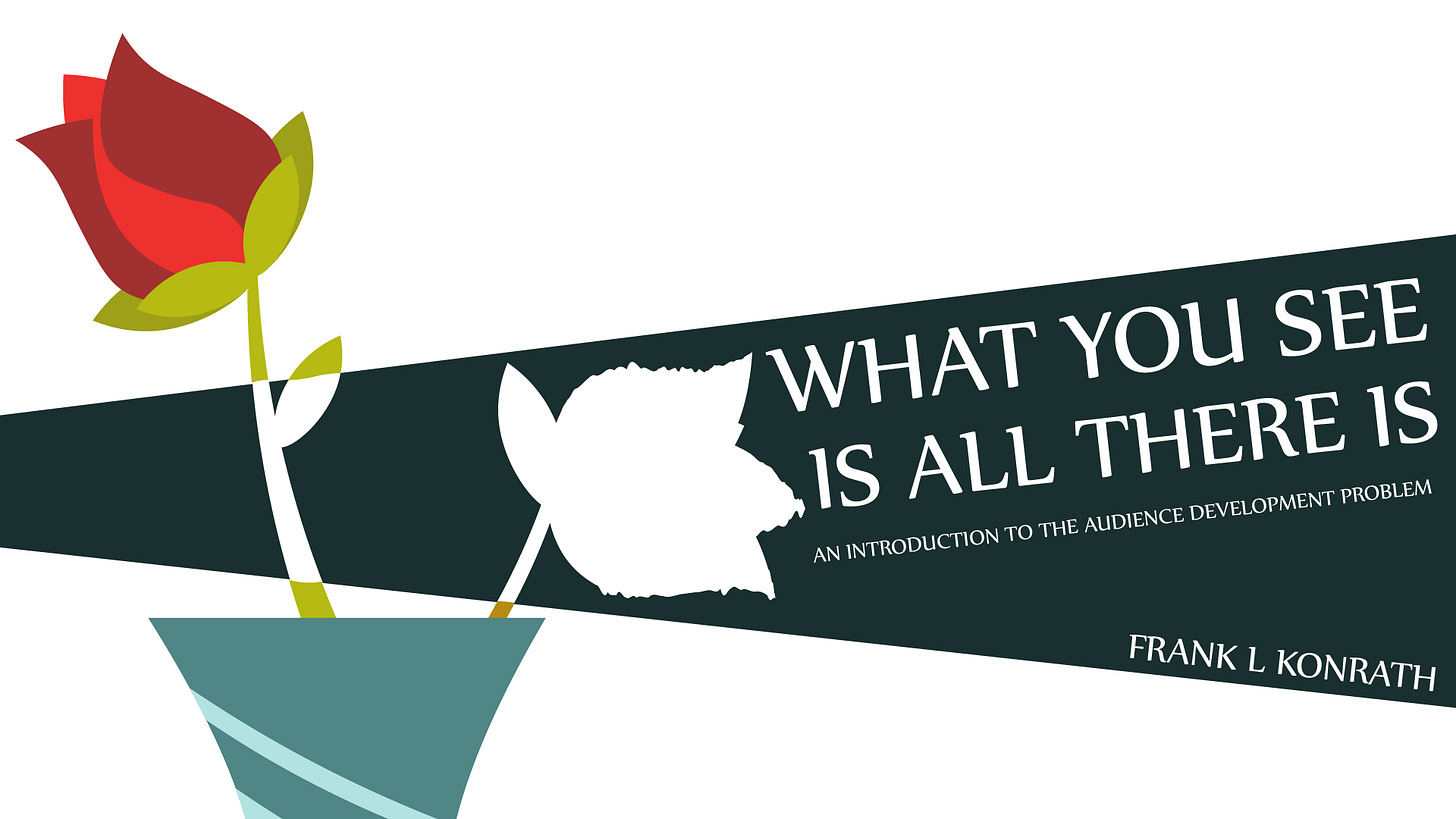A LinkedIn discussion, started by Christian Mahnke, asked the question “With transmedia IP titles showing higher average engagement than native gaming IPs, why aren’t more studios leveraging this opportunity?”. Essentially, why aren’t more Game Studios investing time into making new content (movies, comic books, etc.) using their gaming IPs when there is ample evidence that it can be wildly successful? Christian used Last of Us TV Series and the Super Mario Bros Movie as well-known successful examples. A bunch of transmedia minds (minds you should be following) went to work trying to answer it.
Phoebe Elefante, Program Director at Full Sail University, commented that transmedia is still seen as a marketing tool rather than a part of the product line. She went on to say the following:
… ambitious storytellers often try to take too big a bite - expanding faster than the audience can demand and wasting millions on content that has no audience…how do they pace release so it makes sense and leverages the data on the audience?
There’s a danger for transmedia storytellers to produce new IP content too quickly, out pacing their audience growth. Like a deluge of rain on a soaked field, production of more content can be a waste of time, effort, and money if there isn’t the audience to consume it.
I completely agree with the observation. It’s not limited to transmedia storytellers nor is it entertainment discipline exclusive. I (and probably you too) have seen creators of all disciplines power forward with new content after new content with little regard to their audience (or lack thereof). Whether you’re a dancemaker, filmmaker, author, or otherwise; the story appears to stay the same. In Captivology, a book about attention and how to build it, author Ben Parr calls this phenomenon the “Field of Dreams Fallacy”. Essentially, most creators operate on the same principle as Kevin Costner did when a disembodied voice spoke to him, “Build it, and they will come”.
To be clear, the problem isn’t with producing diversified content on a consistent basis but producing such content without knowing for whom you are creating it. Rarely does the strategy of solely producing content result directly in audience building, rather it tends to result in frustration and burnout. We all know this as artists and yet we continue to produce more and more content. Why? I have a few thoughts:
Creators see other more successful creators producing more content, so they follow suit.
Creators figure it’s the type of content they are producing, so decide to produce more content on different mediums to find their audience.
Creators figure they just need to “stick with it” and expand to show they are worthy of an audience’s attention.
It’s a complicated situation creators find themselves in. The observation of others seems to suggest that all one needs to do is create content to build an audience, but when we attempt to do so we end up with little growth. So why, even though we know what we are doing isn’t working, do we continue to do so? Simply, because all of the available evidence says that it works. In Thinking Fast and Slow, Daniel Kahneman calls this phenomenon WYSIATI, what you see is all there is. It would be a poor attempt to summarize a core concept of an elegant and fiercely interesting book (seriously 10/10 will read again), so here’s a direct quote:
As the WYSIATI rule implies, neither the quantity nor the quality of the evidence counts for much in subjective confidence. The confidence that individuals have in their beliefs depends mostly on the quality of the story they can tell about what they see, even if they see little. We often fail to allow for the possibility that evidence that should be critical to our judgment is missing-what you see is all there is.
- Thinking Fast and Slow, pg 87, Daniel Kahneman
The evidence that is readily available to us isn’t the whole truth. Content^2 + Consistent Posting = Audience Building is a deeply flawed equation. All you need to do is try and you’ll realize it’s not true most of the time. And boy, have I.
As an example, my brother and I started a podcast, In Conversation, in March of 2020. We did 50+ episodes, produced and released once a week. Episode downloads varied wildly, the best summation I came up with had it based mostly on the guest’s audience and that guest’s specialization, not based on Jack and myself. To correct this, at about episode 20, we decided to add another piece of content called Sipulations, which was a goofy cocktail show. The point of Sipulations was to show more of our personalities in a shorter format to then hopefully build more of a following for the podcast. Thirty weekly episodes of producing both a podcast and a cocktail show simultaneously bore no such fruit outside of frustration, resentment, and a bite from the reality apple (bitter & hard).
The strategy was inspired from watching Good Mythical Morning. GMM to those who don’t know is a show hosted by longtime friends Rhett McLaughlin and Link Neal on YouTube. It’s wildly successful with 19.1 million subscribers. The show is essentially them being them; doing fun games, hosting a podcast, running a whole studio, etc. Their story started how ours did just 10 years earlier, posting content. The only difference is that theirs worked and ours didn’t.
Through our lens, it appeared as though GMM only had to post consistently and diversify their content offerings to sustain consistent audience growth. We told ourselves this story and followed suit; what we see is all there is. How could there be any other answer? Is success all luck?
If your solution to audience development is post and pray, luck is your only hope.
If you take a scientific approach to audience development, luck will have little to do with it.
A drastic, fundamental change in process is required for independent artists when it comes to audience development. I’ll be using this blog to work through as well as present audience development concepts. These concepts, I hope, will provide actionable steps to help you find answers to the age old problems of audience, revenue, and self-sustainability.
Follow for more! Join our book club “Artists Building Audiences” for thought provoking reads and meaningful conversations about audience development here.







This is certainly coming out at the right time for me - as I’m sure you know Frank! Will be reading eagerly!
What You See Is All There Is can be a great formula for individual stories within the grand story universe, forcing the creators to write each book, film, song, etc. as if it were the only piece of the puzzle. Perhaps audience burnout has a deeper correlation to an individual product’s inability to be understood when separated from the rest of the narrative world.